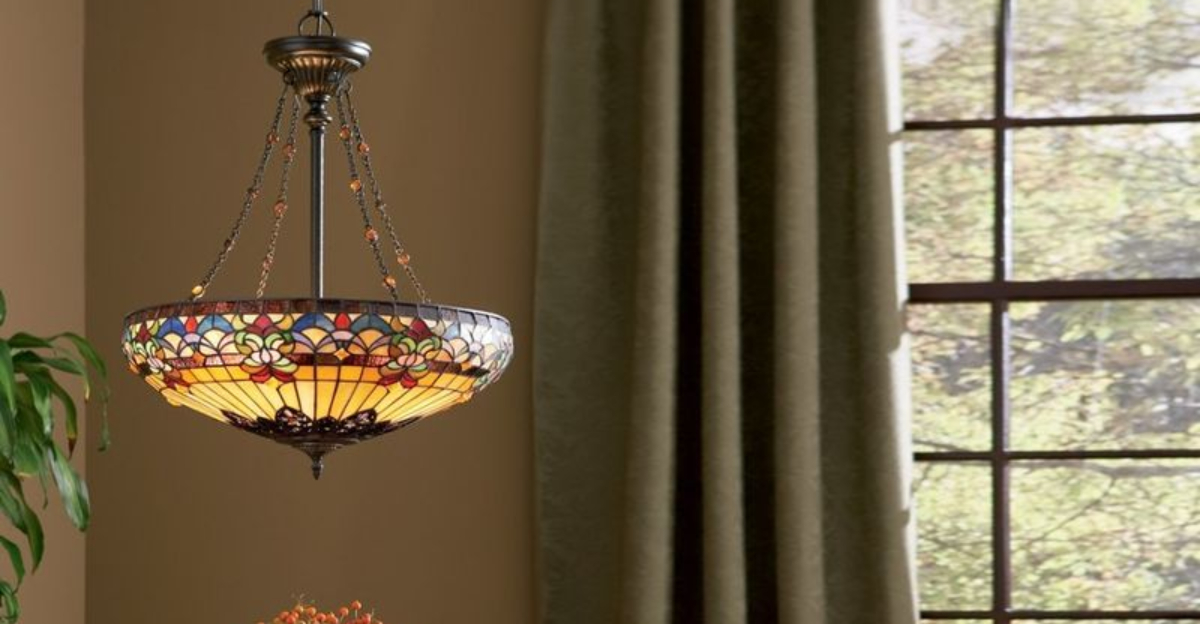Vintage light fixtures can transform your home with unique character and timeless charm that modern lighting simply can’t match. These beautiful pieces connect us to the past while creating stunning focal points in any room.
Before you dive into the world of antique lighting, however, there are some important things to consider to ensure you’re making a smart purchase that will shine brightly for years to come.
1. Check The Wiring First
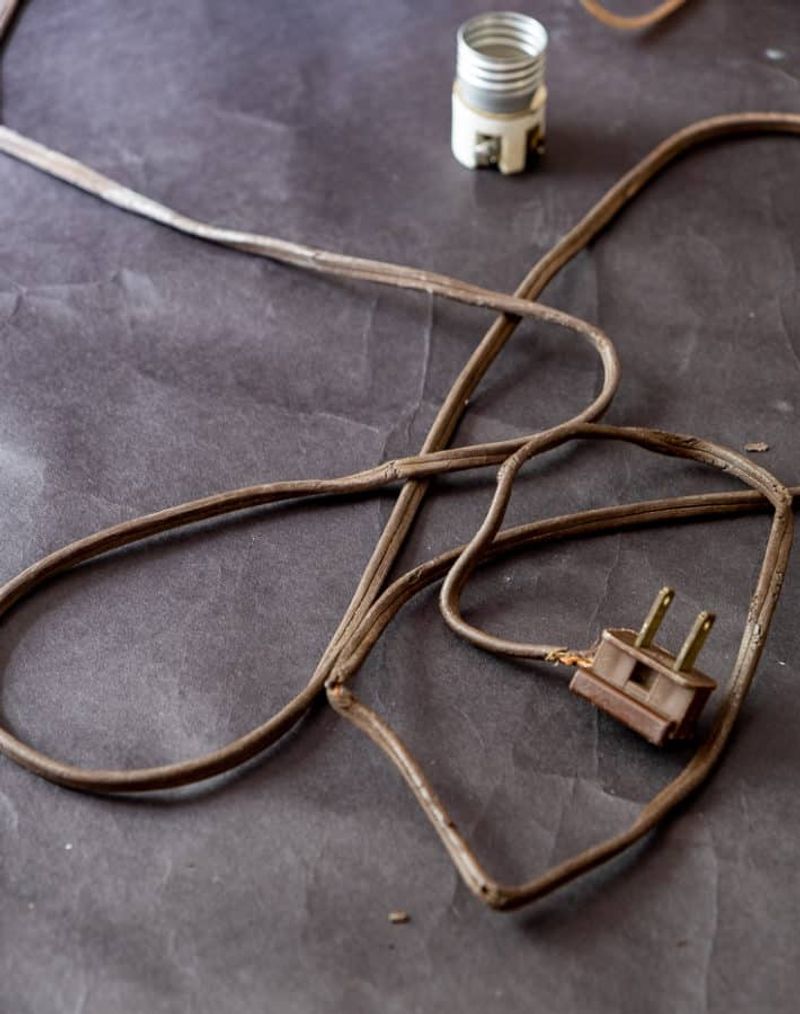
Most vintage fixtures come with outdated and potentially dangerous wiring. The insulation may have deteriorated over decades, creating serious fire hazards in your home.
Always budget for rewiring when purchasing an antique light. A professional electrician can replace old cloth-covered wires with modern, safe alternatives while preserving the fixture’s vintage appeal.
2. Verify Voltage Compatibility
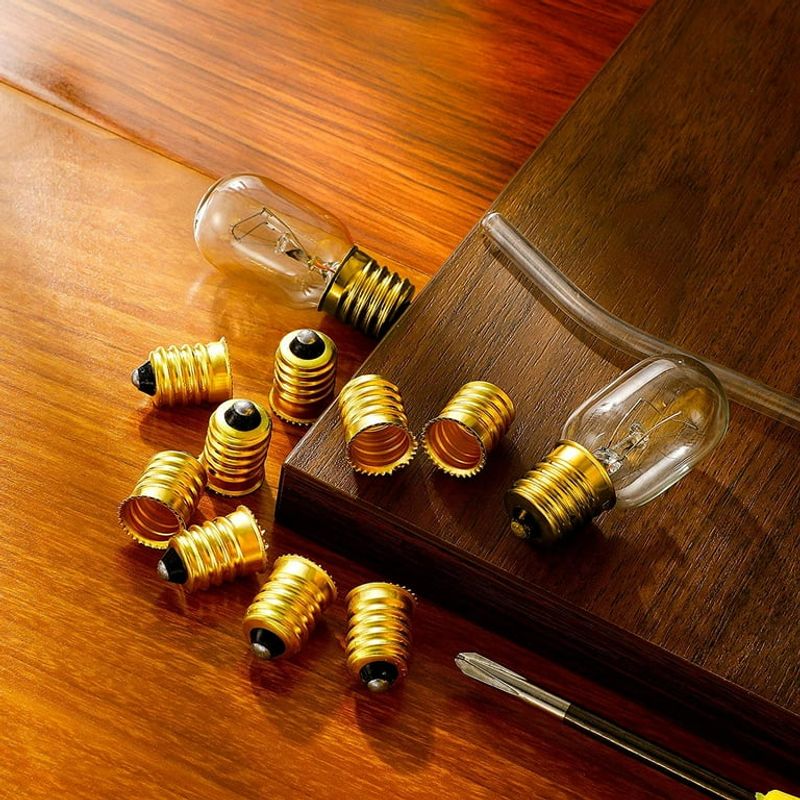
Older fixtures were often designed for different voltage systems than we use today. What worked perfectly in 1930 might overload your modern electrical system.
European antiques typically ran on 220-240V systems, while American homes generally use 110-120V. Without proper adaptation, these voltage mismatches can damage both the fixture and your home’s electrical system.
3. Know Your Style Periods
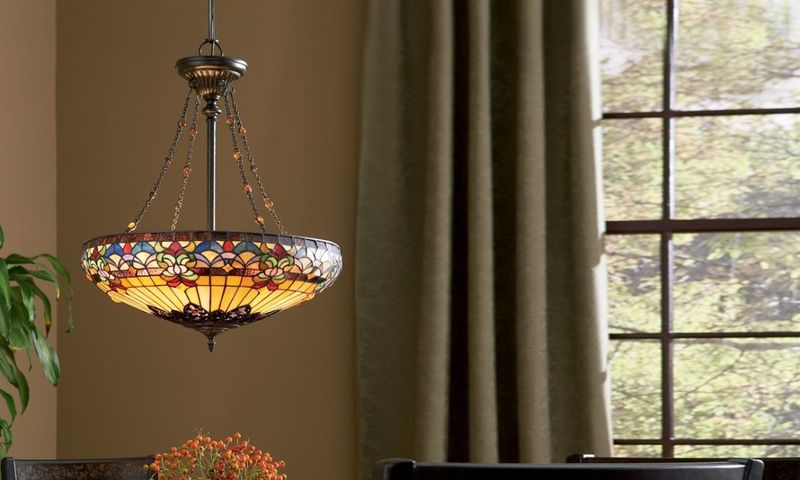
Jumping into vintage shopping without understanding historical styles is like navigating without a map! Art Deco (1920s-30s) features geometric patterns, while Victorian fixtures (1837-1901) showcase ornate details and crystal.
Mid-century modern pieces (1940s-60s) offer clean lines and innovative shapes. Knowing these differences helps you identify authentic pieces and avoid paying premium prices for reproductions.
4. Consider Size And Scale

Unlike buying contemporary fixtures with detailed specifications, vintage shopping requires visualization skills. That charming chandelier might look perfect in the antique store but overwhelm your dining area once installed.
Take measurements of your space and ceiling height when shopping. As a rule of thumb, add the room dimensions in feet together – that number in inches makes a good diameter for your fixture.
5. Inspect For Damage And Missing Parts
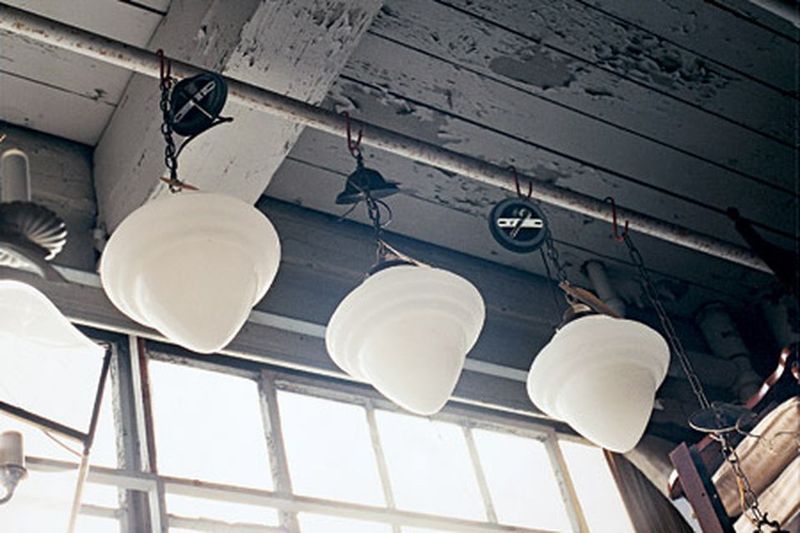
A quick glance won’t reveal all the potential issues hiding in that beautiful antique sconce. Look closely at each component – are there cracks in the glass shades? Rust on metal parts? Missing crystals?
Bring a small flashlight to examine dark corners and crevices. Some damage can be repaired, but replacement parts for rare fixtures might be impossible to find or prohibitively expensive.
6. Understand Restoration Costs
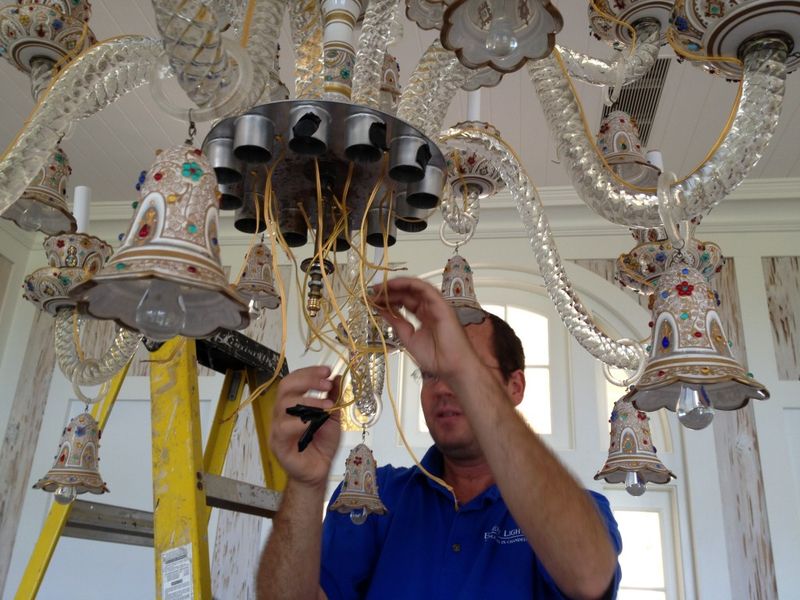
Found the perfect fixture that needs some TLC? Before celebrating your bargain find, research restoration costs – they often exceed the purchase price!
Specialized repairs like rewiring crystal chandeliers, replating brass fixtures, or recreating custom glass shades require skilled craftspeople. Call restoration specialists before buying to get estimates on bringing your vintage treasure back to its former glory.
7. Ask About The Fixture’s History
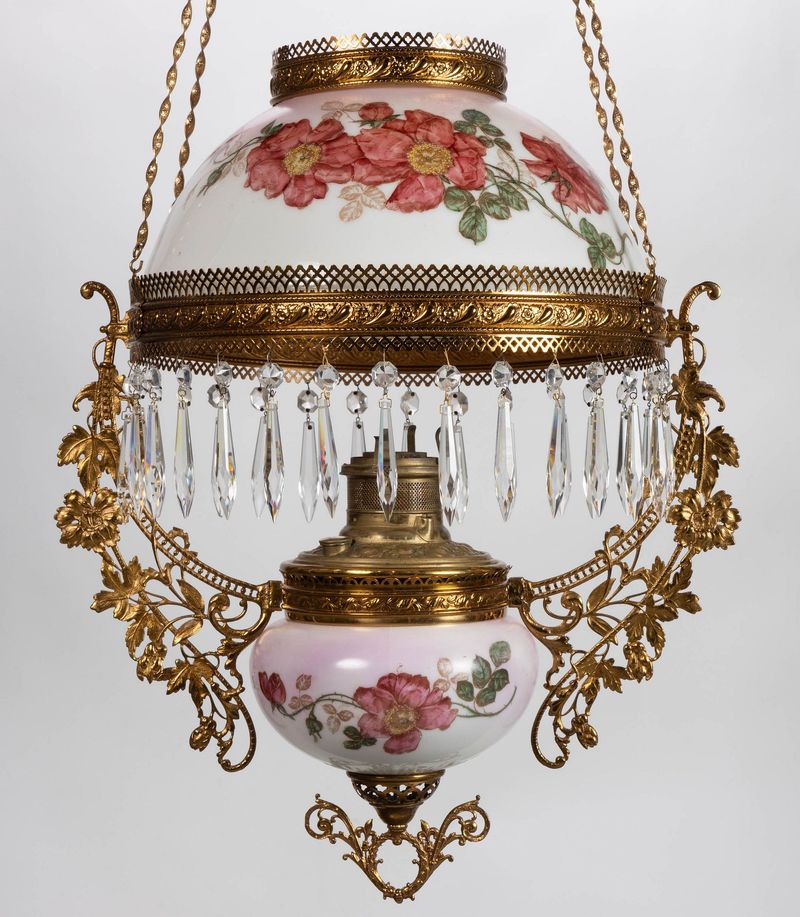
Every scratch and patina tells a story! Knowing where your fixture hung originally adds tremendous value and conversation potential to your purchase.
Was it from a historic hotel? A famous restaurant? Perhaps a theater? Provenance not only enhances appreciation but can significantly increase resale value. Don’t be shy about asking sellers for documentation or photographs showing the fixture in its original setting.
8. Learn About Weight Support Requirements
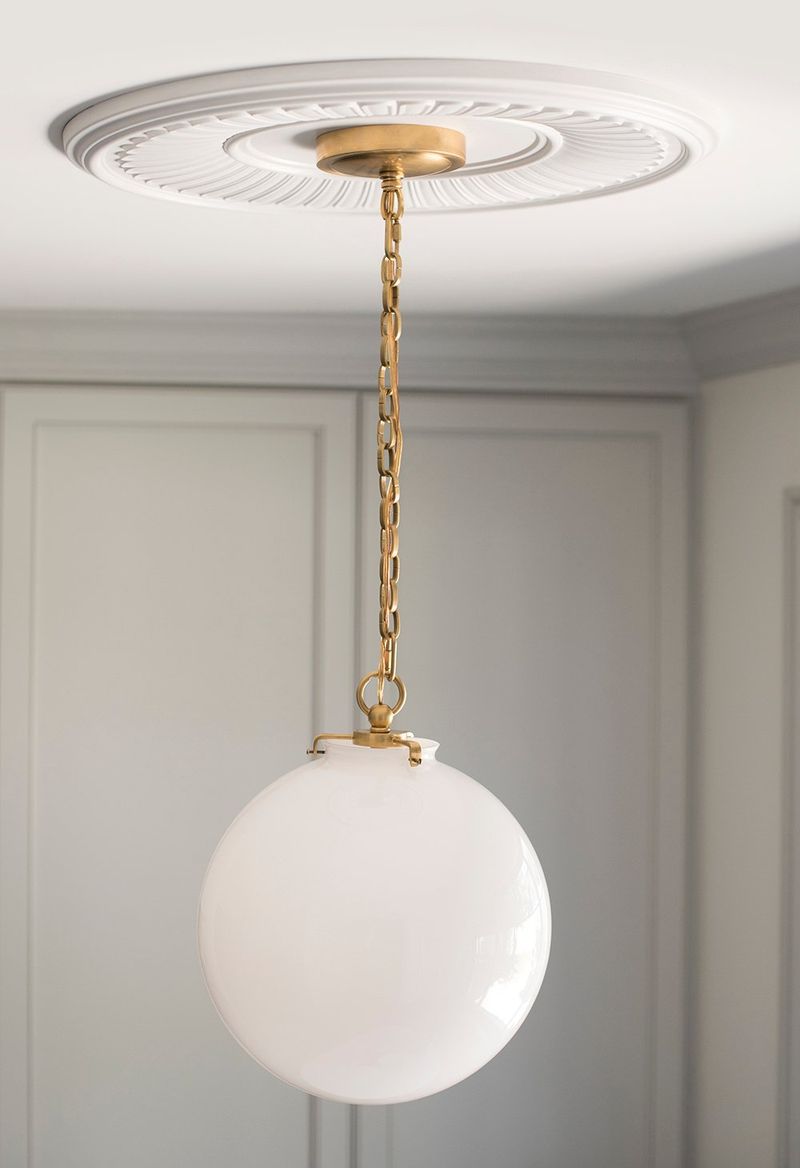
That gorgeous crystal chandelier might weigh more than your ceiling can safely handle! Vintage fixtures, especially elaborate chandeliers, can weigh 50+ pounds – far more than modern alternatives.
Your ceiling needs proper reinforcement to support heavy fixtures. Installing a ceiling medallion isn’t just decorative; it often conceals a specialized mounting bracket or junction box designed for weight distribution. Safety first!
9. Factor In Bulb Availability
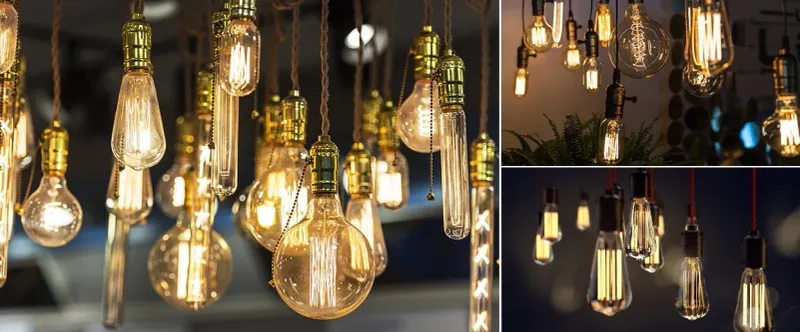
Imagine finding the perfect art deco sconce only to discover it requires obsolete bulbs! Many vintage fixtures were designed for bulb types no longer manufactured or that don’t meet energy efficiency standards.
Check socket sizes and shapes carefully. While adapters exist for some configurations, others may require custom solutions. LED options that mimic historic bulb styles can provide energy efficiency while maintaining period-appropriate aesthetics.
10. Test Functionality Before Purchasing
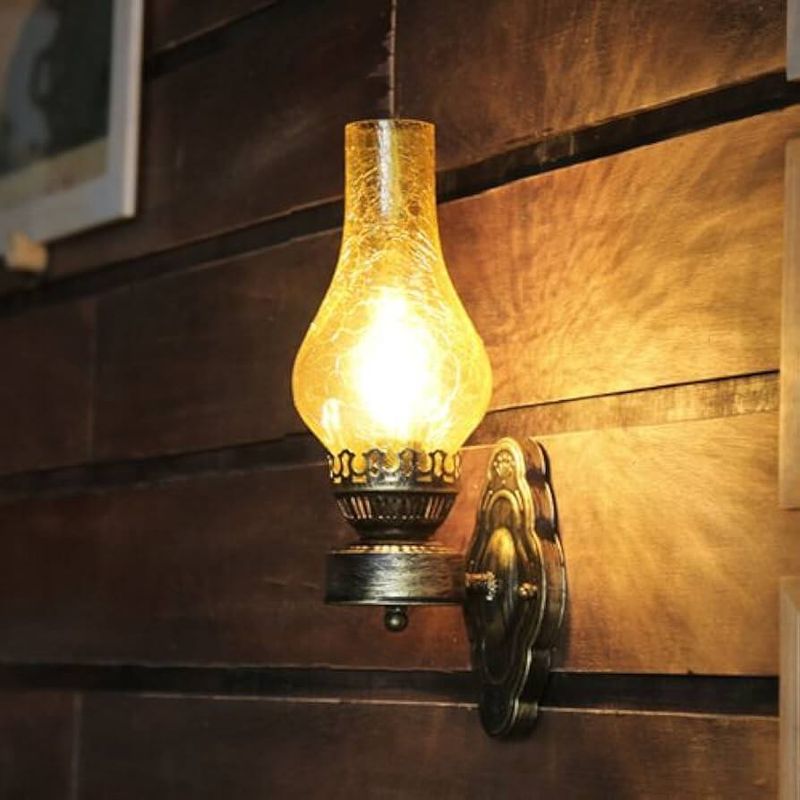
Never assume that lovely fixture works just because it looks good. Whenever possible, ask the seller to demonstrate that all sockets function properly before handing over your cash.
Bring a simple plug-in cord and bulb tester to flea markets or estate sales. For online purchases, request videos showing the fixture illuminated. This simple step can save you from discovering electrical issues after you’ve already paid.
11. Research Material Maintenance Requirements
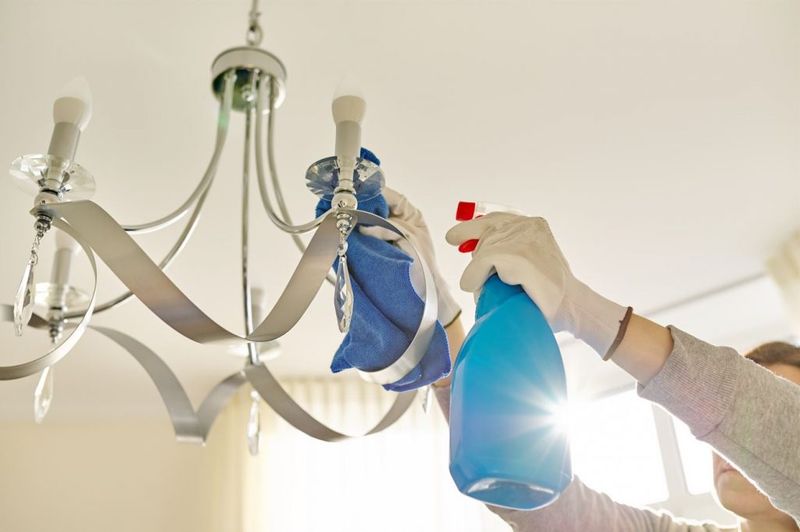
Those intricate brass filigree details might catch your eye, but are you prepared for the regular polishing they’ll need? Different materials demand different care routines.
Crystal requires careful cleaning with specific solutions. Milk glass can yellow with improper cleaning agents. Bakelite can crack with temperature changes. Understanding these maintenance needs prevents disappointment and preserves your investment for years to come.
12. Consider Modern Safety Standards
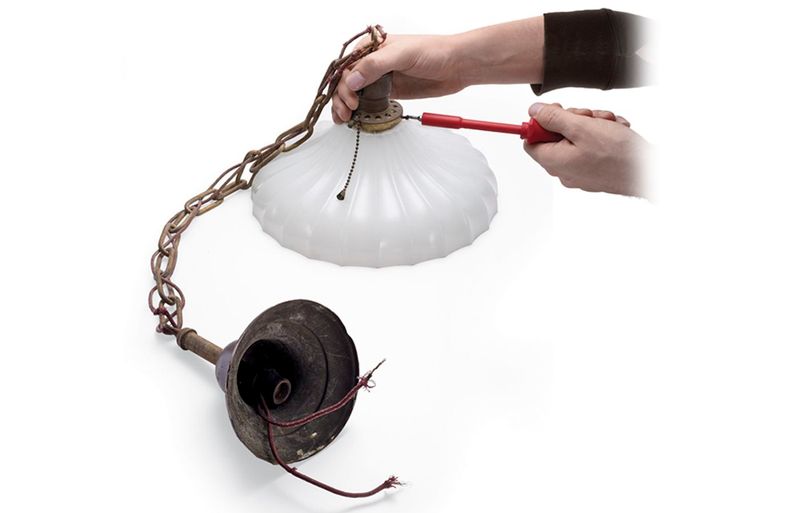
Charming as they are, many vintage fixtures weren’t designed with today’s safety codes in mind. Some materials used historically contain lead or other substances now known to be hazardous.
Certain antique fixtures may not meet current UL (Underwriters Laboratories) safety standards, potentially affecting your home insurance. Professional retrofitting can often bring beautiful old pieces up to code while preserving their character and charm.
13. Beware Of Reproductions Sold As Authentic
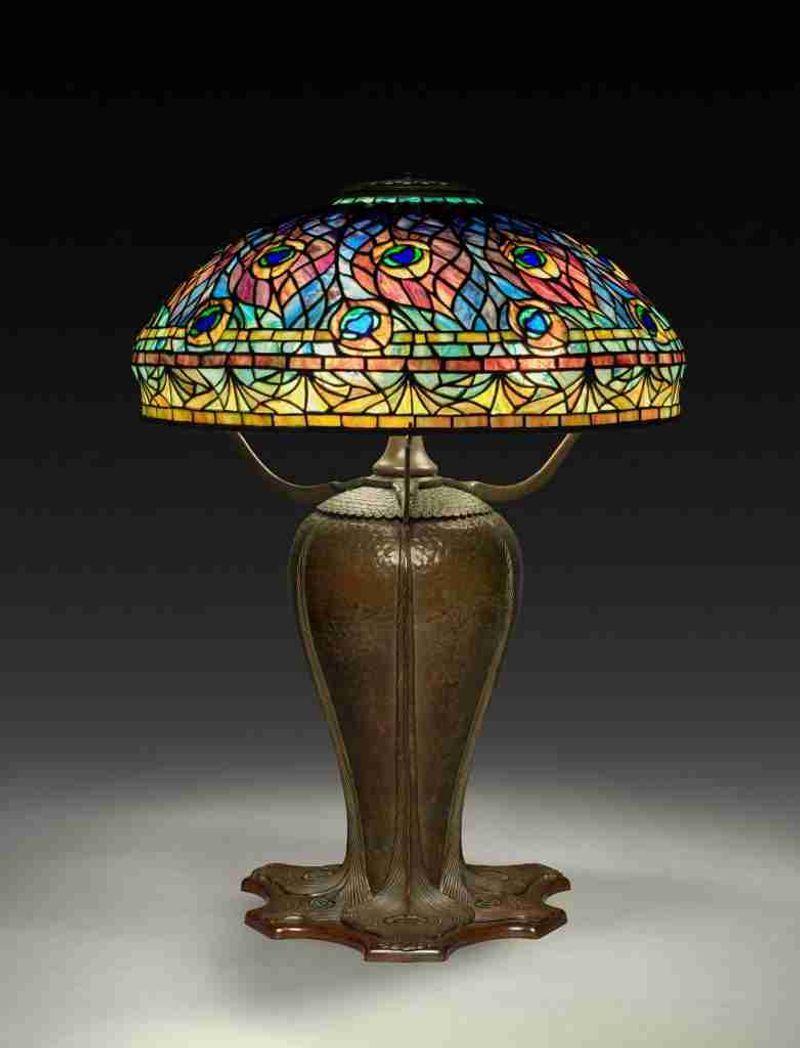
The market is flooded with convincing reproductions that even experienced collectors sometimes mistake for originals. Learning to spot fakes saves both money and disappointment.
Examine construction techniques and materials carefully. Hand-soldered joints, patina that can’t be faked, and period-appropriate screws are telltale signs of authenticity. When in doubt, consult reference books or bring an experienced collector friend along.
14. Plan For Professional Installation
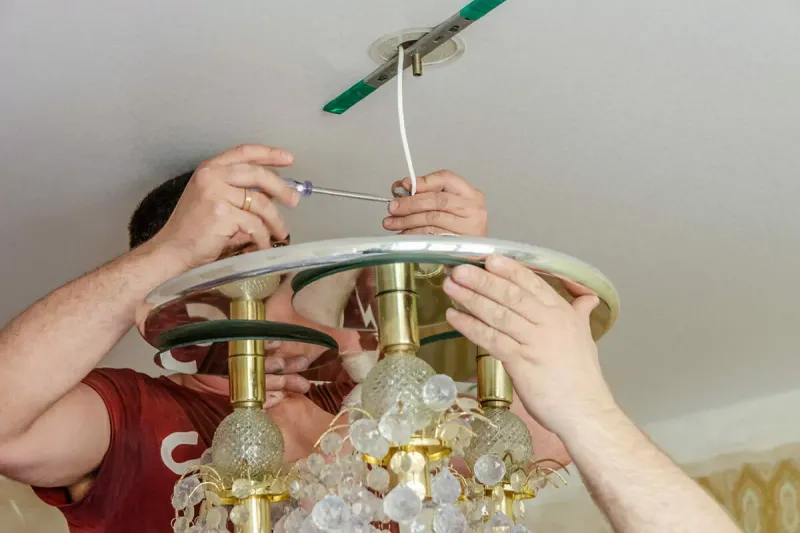
Unlike modern fixtures with standardized mounting systems, vintage pieces often require creative solutions to attach safely to contemporary electrical boxes.
DIY installation might void insurance coverage if something goes wrong. A knowledgeable electrician familiar with vintage fixtures can ensure proper grounding, secure mounting, and safe operation. Their expertise is worth every penny for both safety and peace of mind.
15. Shop At Specialized Sources
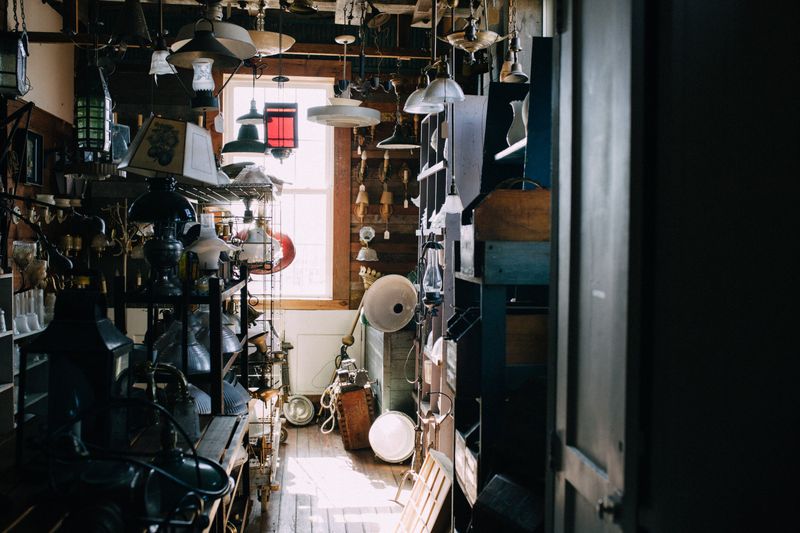
Your neighborhood big-box store won’t have what you’re seeking. Architectural salvage shops, estate sales, and specialized antique lighting dealers offer the best selection of genuine vintage fixtures.
Online marketplaces like 1stDibs or Chairish curate quality vintage lighting but often at premium prices. For bargains, try local estate auctions or preservation-minded demolition companies that salvage fixtures from historic buildings before they’re demolished.

